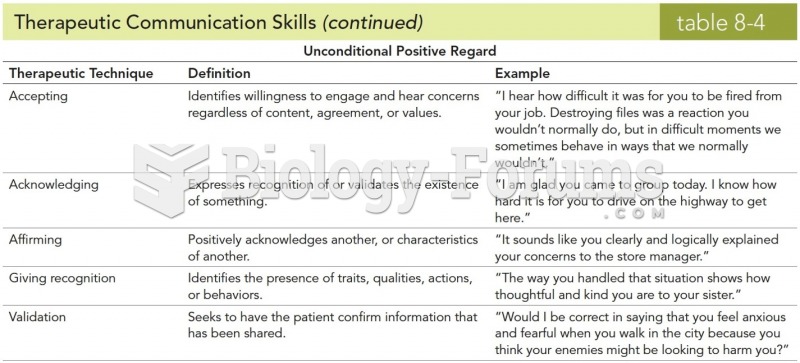Answer to Question 1
The four interpersonal barriers to communication are as follows:
Bypassing: Bypassing occurs when people assign differing meanings to words. This happens because people sometimes attach different meanings to words. Bypassing can lead to major miscommunication because people assume that meanings are contained in words. Actually, meanings are in people.
Differing frames of reference: Everyone has a unique frame of reference that is formed by his or her experiences, education, culture, expectations, personality, and many other elements. As a result, everyone brings his or her own biases and expectations to any communication situation.
Lack of language skill: Each individual needs an adequate vocabulary, a command of basic punctuation and grammar, and skill in written and oral expression. Moreover, poor listening skills can prevent us from hearing oral messages clearly and thus responding properly.
Distractions: Emotional interference and physical distractions can be barriers to communication. To reduce the influence of emotions on communication, both senders and receivers should focus on the content of the message and try to remain objective. Physical distractions such as faulty acoustics, noisy surroundings, or a poor cell phone connection can disrupt oral communication. Similarly, sloppy appearance, poor printing, careless formatting, and typographical or spelling errors can disrupt written messages.
These barriers can be overcome in the following ways:
Recognize that the entire communication process is susceptible to breakdown. Anticipate problems in encoding, transmitting, and decoding a message.
Focus on the receiver's environment and frame of reference.
Arrange ideas logically and use words precisely.
Question your own preconceptions; continually examine your personal assumptions, biases, and prejudices.
Create an environment for useful feedback.
Answer to Question 2
B







